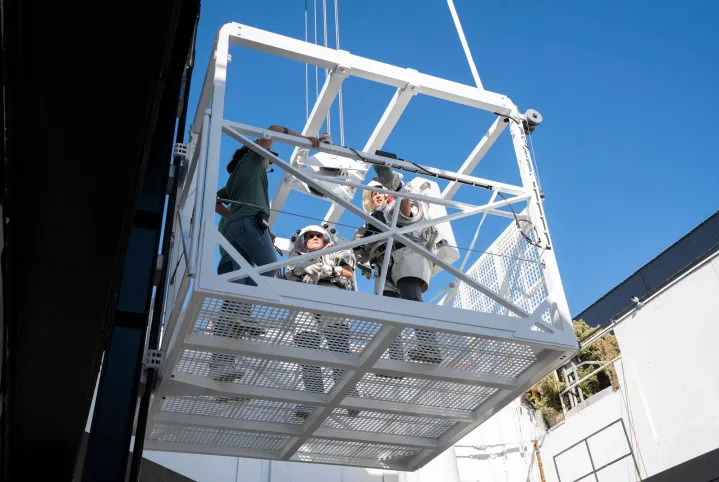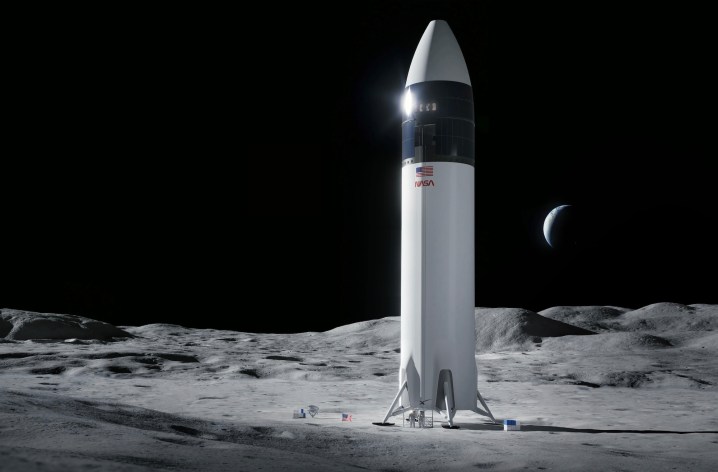
NASA’s highly anticipated Artemis III mission will see the first woman and first person of color step onto the lunar service in a moment that will also mark the first human lunar landing since 1972.
If the space agency sticks to its schedule, the mission will take place in 2025, but there’s still much work to be done to ensure that that happens.
The Artemis III astronauts will travel to the moon aboard NASA’s Orion spacecraft before transferring to SpaceX’s Starship HLS lander, a modified version of the Starship spacecraft currently under development.
The Starship HLS will then transport the astronauts from lunar orbit to the moon’s surface.
After landing, an elevator will emerge from the vehicle and lower the crew from the Starship’s habitable area, located near the top of the lander, to the lunar surface.

As part of preparations for the lunar landing, NASA astronauts Nicole Mann and Doug Wheelock recently tested a mockup of an elevator concept featuring a full-scale basket section with functioning mechanical assemblies and crew interfaces.
The exercise allowed the pair to test the functionality of the elevator system, and wearing spacesuits also enabled them to offer valuable assessments on things like mobility constraints that will be experienced by the astronauts who head off on the Artemis III mission.
“The suited crew provided feedback on elevator controls, such as gate latches, ramp deployment interfaces for moving into and out of the elevator basket, available space for cargo, and dynamic operations while the basket moved along a vertical rail system,” NASA said on its website.
Ahead of Artemis III, four astronauts will perform a flyby of the moon in the first crewed test of the Orion spacecraft in a mission expected to take place in November 2024. Training for that voyage is already well underway.


